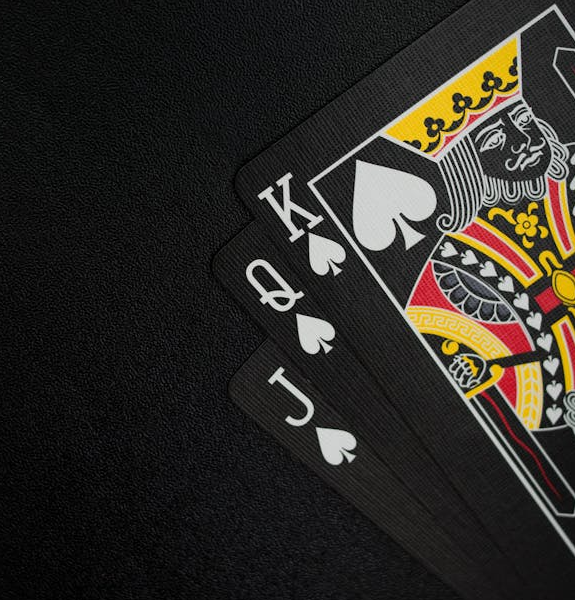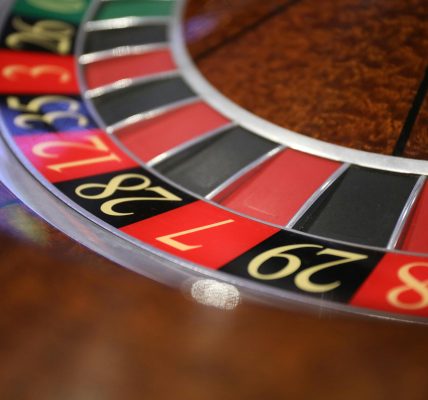The Martingale strategy is a well-known betting system that has captured the attention of gamblers and mathematicians alike for centuries. While it offers the allure of consistent winnings, it also carries significant risks that have led many to question its efficacy and suitability for practical use. aladdin138
Origin and Principle
The Martingale strategy traces its roots back to 18th-century France and is named after its creator, the mathematician Paul Pierre Lévy, who was known as “Martingale.” The strategy’s fundamental principle is deceptively simple: after each loss, double the size of the next bet until a win is achieved, at which point the system resets to the initial bet size.
For example, suppose a gambler starts with a $10 bet and loses. Following the Martingale strategy, the next bet would be $20. If that bet also loses, the subsequent bet would be $40, and so on, doubling the previous wager each time until a win occurs.
Application in Gambling
The Martingale strategy is most commonly associated with games of chance that offer even-money bets, such as roulette, blackjack, or baccarat. In theory, by doubling the bet after each loss, the eventual win would not only recover previous losses but also result in a net profit equal to the original bet size.
For example, if a player starts with a $10 bet and experiences a sequence of losses followed by a win on the fifth bet, they would have wagered a total of $10 + $20 + $40 + $80 + $160 = $310. With the fifth bet resulting in a win, they would receive a payout of $320 (double the $160 bet), resulting in a net profit of $10 despite the previous losses.
Flaws and Risks
While the Martingale strategy may seem appealing in theory, it is fraught with inherent risks and limitations that make it impractical in practice. One of the primary concerns is the assumption of unlimited funds and betting limits. In reality, most casinos impose maximum betting limits to prevent unlimited doubling, effectively rendering the Martingale strategy ineffective over the long term.
Additionally, the strategy fails to account for the gambler’s own limitations, both in terms of financial resources and psychological resilience. A prolonged losing streak can quickly deplete a player’s bankroll, leading to devastating losses and potential financial ruin.
Furthermore, the Martingale strategy relies on the fallacious notion of a “gambler’s fallacy,” which suggests that past outcomes influence future results in games of chance. In reality, each spin of the roulette wheel or deal of the cards is independent of previous outcomes, making it impossible to predict or influence the outcome based on past events.
Variations and Adaptations
Despite its inherent flaws, the Martingale strategy has inspired numerous variations and adaptations aimed at mitigating its risks while preserving its allure. Some gamblers opt for modified versions of the strategy, such as the “Reverse Martingale” or “Grand Martingale,” which involve adjusting the betting progression or incorporating stop-loss limits to limit potential losses.
Others incorporate the Martingale strategy into broader betting systems or combine it with other strategies to create hybrid approaches. While these variations may offer temporary relief or modest gains, they ultimately cannot overcome the fundamental flaws of the Martingale strategy.
Conclusion
The Martingale strategy remains a fascinating subject of study and debate in the world of gambling and mathematics. While its simplicity and potential for short-term gains may appeal to some, its inherent risks and limitations make it a risky proposition for serious gamblers and investors alike. Understanding the principles and pitfalls of the Martingale strategy is essential for making informed decisions and managing risk in the unpredictable world of gambling and finance.



